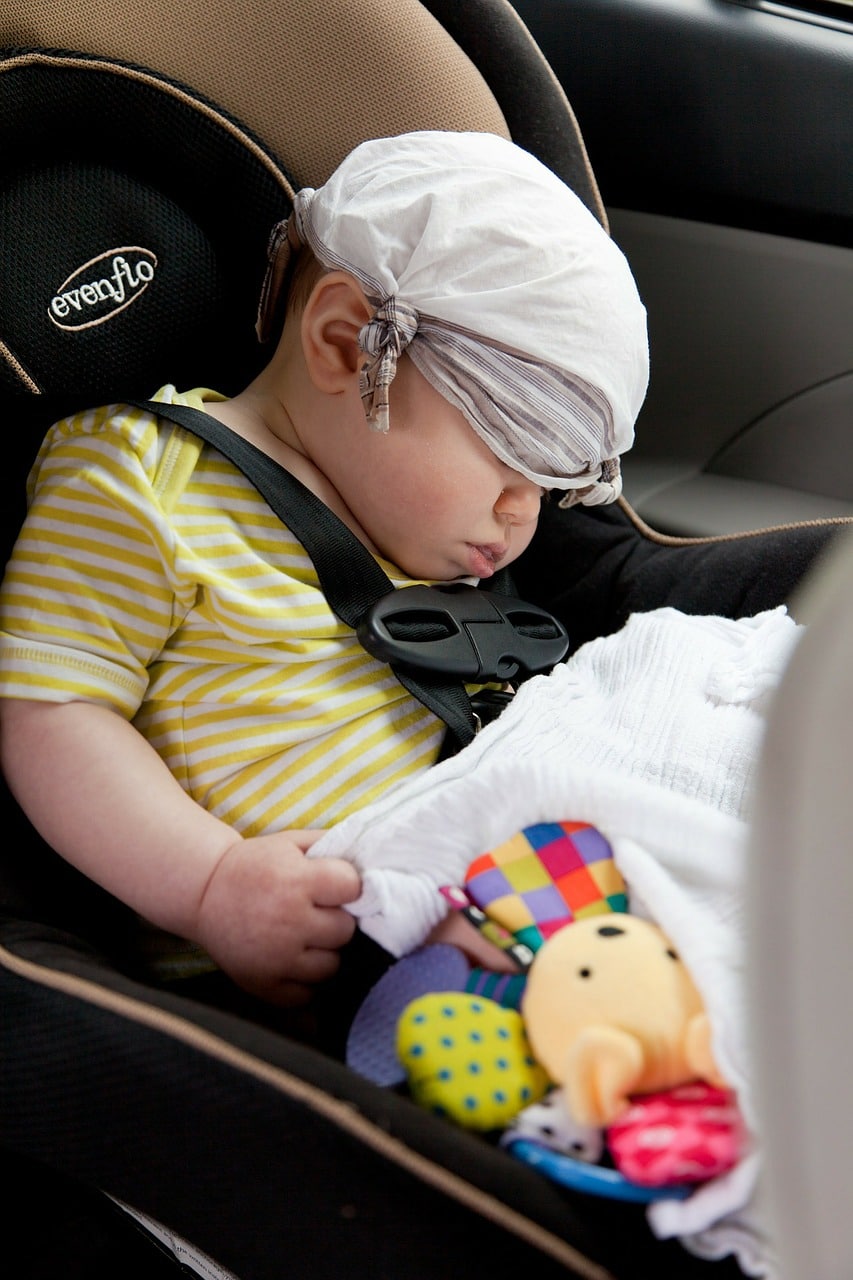If you want to keep your child safe while driving, you need to focus on the safety of the car seats. By following these simple instructions, you can avoid many injuries. Let’s take a look.
Ideal car seats
- Rear-facing car seats are suitable for infants. The American Academy of Pediatrics now advises parents to keep toddlers in rear-facing car seats until the age of two, or until they exceed the height and weight limit for the car seat which can be found on the back of the seat. You should strictly follow the instructions of the manufacturers even if your child is older than two. Rear-facing car seats are fantastic and safe for little So, don’t rush to take them to the next stage. Some of these seats are ideal for children up to 23 kgs or 50 lbs and is the safest way for children to travel.
- Next, we’ll concentrate on the car seats that are forward facing. These car seats are ideal for those children who are older than the age of two. The body weight should be 10 kg or 22 lb to use these car seats. You can continue to use the same car seat until your child becomes 18 kg or 40 lb.
- When your child reaches 18 kg or 40 lb you can move the positioning of the belt. You can now use the lap-shoulder seat belt of your vehicle.
- Booster seats are ideal for children who are at least four years old. Car seats that come with the forward-facing facility and higher weight limit are suitable for these children too. The weight limit is up to 30 kg or 65lbs. These seats are also perfect for those children who are underdeveloped. For example, if a child is two years old but if their weight is 40 lbs, then the parent should stick to these forward-facing seats instead of choosing booster seats.
Check these things before using any car seat
- Always follow the instructions of the manufacturers carefully.
- The middle of the back seat is the best seat for anyone.

- The installer should not move the car seat more than 2.5 cm.
- Your child’s height and weight should match with the car seat.
How to secure your baby
- You must thread and snug the harness straps below the shoulder of your baby.
- Check out the fitness of the harness strap. If it fits two fingers, it is considered to be loose.
- Follow the instructions of the manufacturer while adjusting the seat handle.
- The armpit level chest clip is essential.

Other important safety tips
- If the manufacturer didn’t recommend any add-on features, you should not try them. People sometimes try comfort strap, head-hugger, bunting bag, or trays. But you need to keep in mind that these things can be dangerous if you look at these features from the safety point of view.
- You should avoid fluffy or thick clothing because if it compresses, the harness will become loose.
- Rear-facing car seats are the safest option for children under two If your child is over two years old, forward facing seats are the ideal choice for them. Additionally, you need to consider the harness; if it’s rear facing, you must put the harness straps below the shoulder of your child.
- You’ll get a registration card with the car seat of your child. Fill out that card and send them through the mail. The company will contact you if you need them.
- Avoid sleeping bags and bunting bags.
- If you find that the seat is too cold, never put anything behind your child’s body. Instead of that, you can tuck a blanket after securing him fully.
- Attach the locking clip with the car seat and secure the seat by using the UAS. If your vehicle doesn’t have the UAS, you can secure the seat with the clip.
Follow these safety rules and enjoy your riding with your little one.
>>.https://nanniesandkidsunited.com/early-learning/
Please follow and like us:


